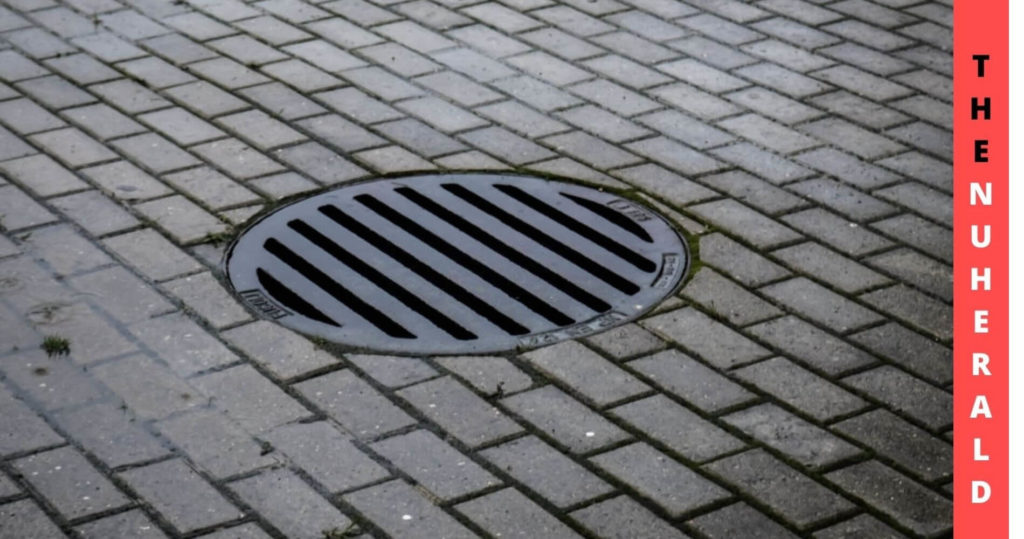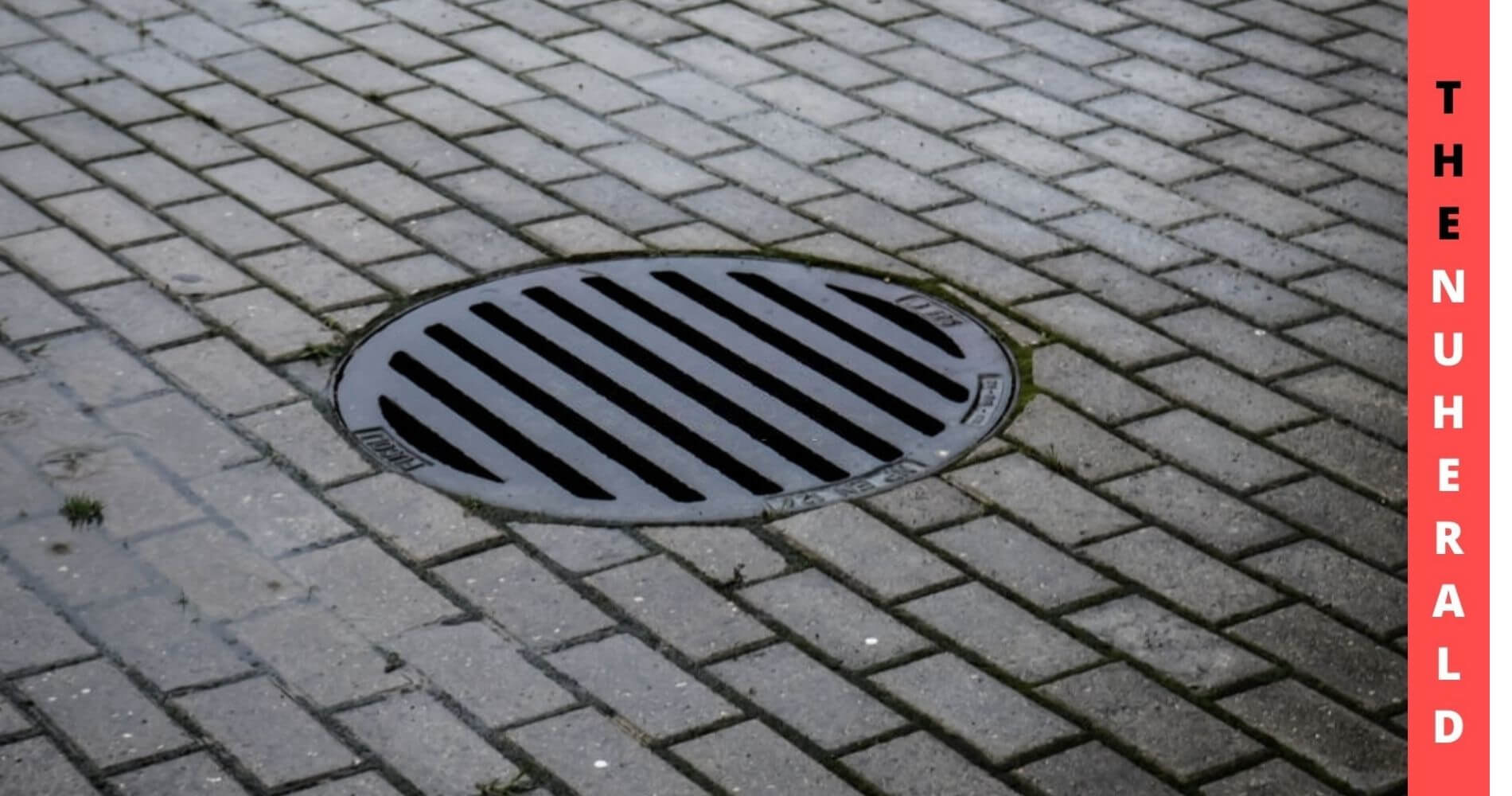According to SCAN (Sewer Coronavirus Alert Network) researchers led by Alexandria Boehm, she and her team had found a new coronavirus in the sludge from the wastewater processing plants in America (mainly North Carolina). This way of detecting COVID-19 has been believed to be so reliable as a project, that there are many supporting projects already set up by the CDC (Centers for Disease Control and Prevention) known as the National Waste Water Surveillance System (NWSS). The NWSS has been set up as 400 testing sites in 19 states of the United States of America
Wastewater Can Be Used To Detect Covid-19, According To CDC
This process of COVID-19 detection through wastewater is proving to be helpful, especially to detect the Severe Acute Respiratory Syndrome Coronavirus 2 or SARS-CoV-2.

SARS-CoV-2 is the strain of coronavirus that causes COVID-19 which causes severe breathing problems. The SARS-CoV-2 is highly contagious for humans and is a positive-sense single-stranded RNA virus. The SARS-CoV-2 has an oily outer covering. It has a specific behavior, that when it reaches inside the human body it starts to replicate itself into other copies. When these copies, reach the body’s intestine, the oily and fatty portions of the virus sticks to the fat which is present in the stool. These materials containing the genetic components of the virus reach the water system when we excrete and flush it away.
The advantages for the wastewater COVID-19 tests are as follows:-
• It detects the COVID-19 virus just like any other COVID texts such as the Real-Time Polymerase Chain Reaction Tests (RT-PCR)
• The wastewater COVID-19 tests are very sensitive as they can identify the virus and its presence, even if there is only one infected out of a hundred thousand people in a locality.
• It can identify the virus very early. It identifies the virus even before a person shows symptoms of the virus. So logically, the wastewater virus detection process is currently the earliest way to identify the virus.
• There is no need to test a person through any different process as till the time the toilets are connected to a sewer, the NWSS can keep a track of the people. This was also the thought of a Microbiologist of the CDC who is leading the NWSS project, namely Amy Kirky.
Now, every experiment and invention has some positives and negatives. So for the Wastewater COVID-19 tests, here are its disadvantages:-
•80% of the houses in the US are sewer connected. The remaining 20% is the part to worry about, as they rely on septic tanks. These houses are worried mainly about underdeveloped rural areas and are not covered in the tests.
•This way of detection would not be fruitful in places without permanent residents. This is so because people may come and go. For example, tourist spots, hotels, etc.
• In this process it is difficult for the researchers to compare data from different sewer sheds as different methods are used for sampling data in other sewers sheds.
• It has no fixed threshold. This means there is no fixed denotation about the number of positive people required to show effects on the water sample.
The different ways to collect samples in the wastewater testing procedure are:-
• Direct samples are taken from the water, with cotton balls fixed in 3- D printed submarines.
• In another sampling method, the researchers collect and sample the biosolids.
The SCAN which works under the NWSS is doing great work for the CDC as 400 sites of the NWSS have shown that 66.67% of those sites reported decreased levels of the virus is found. As a step forwards, according to the CDC’s reports, 500 new submissions will be done by the sites. A media session has been scheduled on Friday at the surveillance system.
